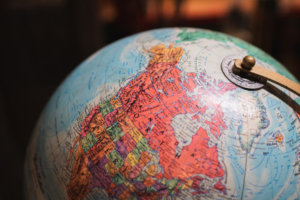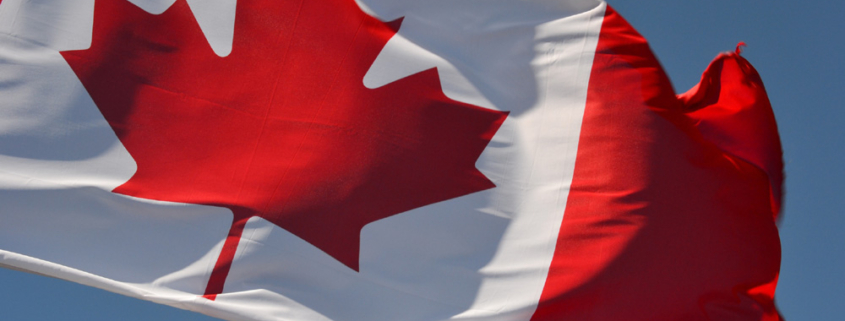Canada’s Common Natural Disasters
Facts:
#1 We have a vast array of provinces and territories with different climates and different terrain, resulting in differing emergency situations.

#2 Canada, the land of breathtaking landscapes, diverse cultures, and a warm and welcoming spirit, is a nation that fills our hearts with pride.
As we appreciate our Canadian identity from coast to coast, my wish is that we stand as one, ready to support our fellow Canadians in times of adversity, showcasing the true strength of our national character.
I am a born and raised Albertan and I hope our Academy reaches fellow Canadians across the country. Here is a short list of some of the most common (but not limited to) natural disasters each province and territory often faces. Lets educate ourselves on how to handle any situation as we live in or travel to around our country.
Maritime Provinces:
Newfoundland and Labrador:
- Coastal areas are susceptible to storms, including hurricanes and nor’easters
- Flooding can occur, particularly in low-lying areas
- Avalanches and winter storms are a concern in some regions
Prince Edward Island:
- Storms, including winter storms and hurricanes, can lead to power outages and transportation disruptions
- Coastal erosion and flooding
- Wildfires can occur, although they are less common than in some other provinces
Nova Scotia:
- Coastal areas are at risk of hurricanes and severe storms
- Flooding is a concern, especially in urban areas
- Wildfires can occur in certain regions, particularly during dry periods
New Brunswick:
- Flooding is a common concern, especially along the Saint John River
- Winter storms, including heavy snowfall and ice storms, can disrupt transportation and power
- Coastal areas may experience storm surges during hurricanes
Provinces:
Quebec:
- Winter storms and heavy snowfall
- Flooding can occur along rivers, particularly in the spring
- Forest fires are a concern in some parts of the province, especially during dry seasons
Ontario:
- Severe weather events, including on occasion thunderstorms and tornadoes
- Flooding is a concern in various regions, including along the Great Lakes.
- Winter storms and ice storms
Manitoba:
- Flooding is a significant concern, especially in areas near major rivers like the Red River and Assiniboine River.
- Severe storms and tornadoes can occur during the summer
- Wildfires can affect forested areas
Saskatchewan:
- Severe thunderstorms, hailstorms, and tornadoes are common in the summer months.
- Drought conditions are their own natural disaster, but also can lead to wildfires and agricultural challenges
- Winter storms and extreme cold are typical during the winter
Alberta:
- Wildfires are a major concern, especially in the forested areas of the province
- Severe thunderstorms, hail, flooding and tornadoes
- Droughts, and winter storms
British Columbia:
- Wildfires
- Flooding can occur, particularly in areas prone to heavy rainfall
- Earthquakes are a potential threat, especially along the west coast
Territories:
Yukon:
- Extreme cold and winter storms with heavy snowfall, especially in remote areas
- Flooding can occur in some regions during the spring thaw
- Wildfires are a concern, particularly during dry summers
Northwest Territories:
- Extreme cold temperatures and harsh winter conditions
- Wildfires are a significant concern, especially in forested regions
- Flooding can happen in some communities, particularly those along rivers and lakes
Nunavut:
- Extreme cold and winter storms are common throughout the territory
- Coastal communities are vulnerable to storm surges and coastal erosion
- Limited infrastructure and transportation options can exacerbate emergency situations

Knowledge Is Power
Being aware of potential emergency situations and being prepared for them is essential for Canadians for several reasons:
- Safety: Be informed about potential emergencies and have a plan in place . Knowing what to do during a disaster or emergency can significantly reduce the risk of injury or harm.
- Resilience: Communities that are well-prepared are better equipped to handle the challenges that emergencies can bring.
- Property Protection: Know how to secure your home and have essential supplies to reduce damage during emergencies like floods or wildfires.
- Reduced Stress: Have a plan in place to reduce stress and anxiety.
- Community Support: Be prepared and know how to assist your neighbors..
- Adaptation to Climate Change: Canada is experiencing the effects of climate change, including more frequent and severe weather events. Be prepared to adapt to change.
- Government Resources: Canadian governments at the federal, provincial, and territorial levels provide resources and guidance on emergency preparedness. (And us! Read this blog)
- Legal Requirements: In some provinces and territories, there may be legal requirements for emergency preparedness, such as mandatory evacuation orders during wildfires or floods. Be aware and comply with them.
- Personal Responsibility: Ultimately, being prepared for emergencies is a personal responsibility. It ensures that you and your family are not solely reliant on external assistance during a crisis.
In summary, awareness and preparedness for emergencies are essential for the safety, well-being, and resilience of individuals and communities in Canada. It is a collective effort that involves individuals, families, and communities working together to mitigate the impact of disasters and emergencies.



